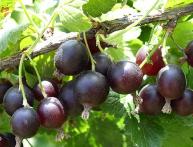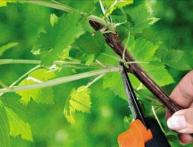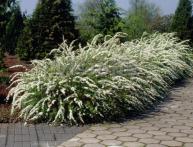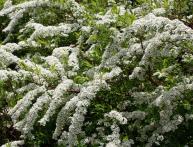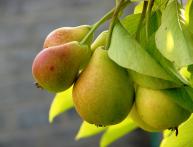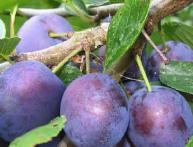What are the methods of growing pears?
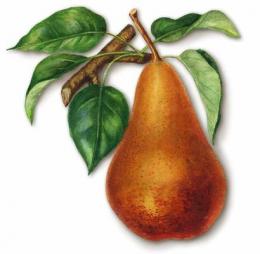
The pear ranks second after the apple tree. a very common garden tree.
Pear is rich in beneficial properties. It contains carbohydrates, glucose, fructose, sucrose, vitamins A, C and B, pectin, and inorganic compounds. Depending on the place of cultivation and climatic conditions, the composition of microelements varies slightly.
The peculiarity of the pear is that it can be consumed fresh for almost a whole year. And of course, recycled. Dessert varieties with a delicate juicy taste and a pleasant combination of sweetness and sourness are highly valued. Dried fruits, marshmallows and marmalade are very tasty. The beneficial properties of pears have not been ignored by traditional medicine. It has a diuretic and fixative effect. Helps cope with cough very well. These properties are found not only in fresh fruits, but also preserved in dried fruits, jelly and decoctions. It is useful to eat pears for urolithiasis. It contains relatively large amounts of phenolic compounds, which increase the strength of blood capillaries. Due to the presence of potassium, it has a diuretic effect and removes table salt and water from the body. But if you have diseases of the digestive tract, this fruit should not be included in your diet, as it contains a lot of fiber.
There are various ways to grow pears. The most famous way is ppropagation by rootstockgrown from seeds. Quince, hawthorn and forest varieties of pears are suitable as rootstocks.30 days before budding, the wild bird is hilled up to a height of 15 - 20 cm. A couple of days before bud grafting, the earthen mound is removed. The resulting growth is removed and watered. Two cuts must be made on the bark of the rootstock. One is T-shaped, the other is longitudinal. Then the shield with the bud is cut from the scion and inserted onto the rootstock, securing it with tape.
Pear breeding methods:
- vegetative;
- seeds;
- budding.



